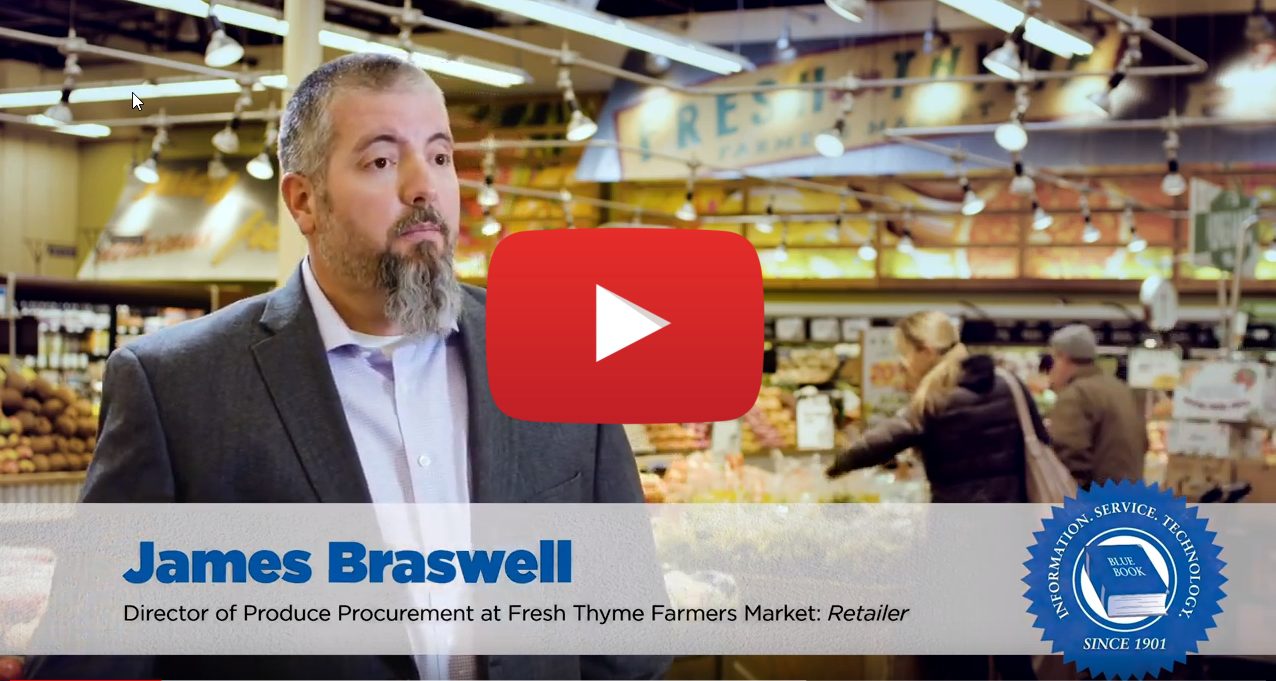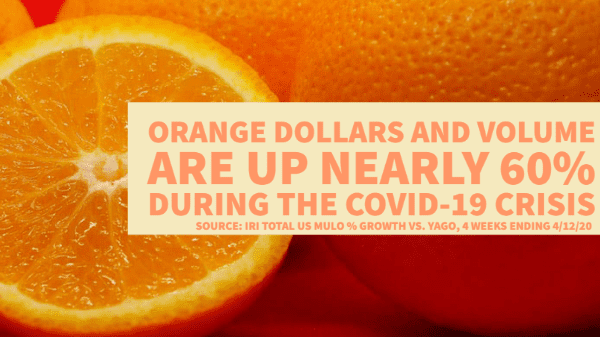“We are completely out of all vitamin C products.”
I heard one pharmacist say this to another at my local Costco not long ago. It’s certainly true that these items have been scarce on store shelves of late. At another, better-provisioned, store, I heard a clerk tell a customer she could only buy one bottle of vitamin C tablets.
Americans are known worldwide as a vitamin-happy people, so this shortage shouldn’t be surprising. But medical recommendations don’t necessarily support the boom in supplements.
On the one hand, medical sources say that vitamin C deficiency can make someone more susceptible to the coronavirus, and it is estimated that 7 percent of Americans are deficient in this vitamin. Multiplied by a population of 328 million, that’s nearly 23 million people.

On the other hand, as one pharmacist puts it, “Fruit and vegetables provide the best source of vitamin C.” Supplements are a second choice, and “should be considered if vitamin C requirements are not being met through a person’s diet.”
The recommended daily amount of vitamin C is “65 to 90 milligrams (mg) a day, and the upper limit is 2,000 mg a day,” according to the Mayo Clinic website .
This is much closer to the estimated amount of vitamin C in a piece of citrus fruit and far less than the amount in many supplements, which often provide 500 or 1,000 milligrams. Because the body does not store vitamin C, excess is excreted in urine. Amounts of vitamin C beyond the 2,000-milligram limit can cause diarrhea.
Sunkist Growers Inc. BB #:171473 has highlighted the advantage of its products, pointing out that one Cara Cara navel orange contains 100 percent of the recommended minimum amount of vitamin C. The cooperative is also encouraging customers to share citrus recipes using the tag #MySunkistTable on Twitter and on @SunkistCitrus on Instagram.
How has the coronavirus affected the citrus market? From a worldwide perspective, Ed Leahy, writing for the Eurofruit website, observes, “Citrus has remained the most sought after global fruit during the crisis, as juice demand surges, and people seek to boost their immune system by increasing Vitamin C intake,” in contrast to erratic demand for other fruits and vegetables.
In the United States, the pandemic appears to have boosted demand for fresh citrus. The Florida Department of Citrus, for example, reports that as of March 29, fresh grapefruit shipments were up 12 percent from the previous year (although prices were still 9.7 percent lower). Florida fresh orange shipments were up 26.9 percent over the previous year.
Shipments of Texas fresh grapefruit were up only 2.3 percent, however, largely because of a 93.5 percent drop in exports.
Nationally, USDA’s Fruit and Tree Nuts Outlook from March 31 estimates total citrus production at 7.63 million tons, down 4.1 percent from the previous year.
The pandemic can hardly be called a blessing for citrus growers and shippers, who face the same obstacles as others in the produce industry, ranging from supply chain disruption to labor shortages to the decimation of the foodservice market. A rise in citrus consumption is not a counterbalance, but it may be a consolation prize.



